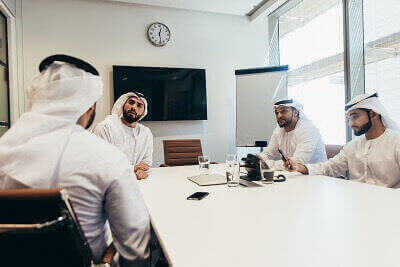The political unrest worldwide and the recommendations by international organizations like FATF have prompted governments to take appropriate actions to mitigate the ML/FT risks. Accordingly, the governments are making changes in the AML policies. Governments often revise the AML rules and regulations based on the current socio-economic situations.
A recent example is a Russia-Ukraine battle which has led the US, UK, EU, and several countries to impose sanctions on Russia. So, businesses must update their AML compliance framework with the revised AML rules and regulations to fight against the evolving money laundering or terrorism financing, or proliferation financing typologies. Only then can they stay fully compliant with AML regulations. Awareness of the latest developments and AML rules will ensure their timely compliance, safeguarding their businesses against financial crime-related risk and avoiding penalties.
Therefore, it is advisable to continuously monitor the customers’ profiles and track their changing behavior to detect any potential money laundering attempts. Businesses can rely on AML software to detect suspicious activities and transactions, report them in the Suspicious Transaction Reports, and submit them to the Relevant Unit of the Ministry.



